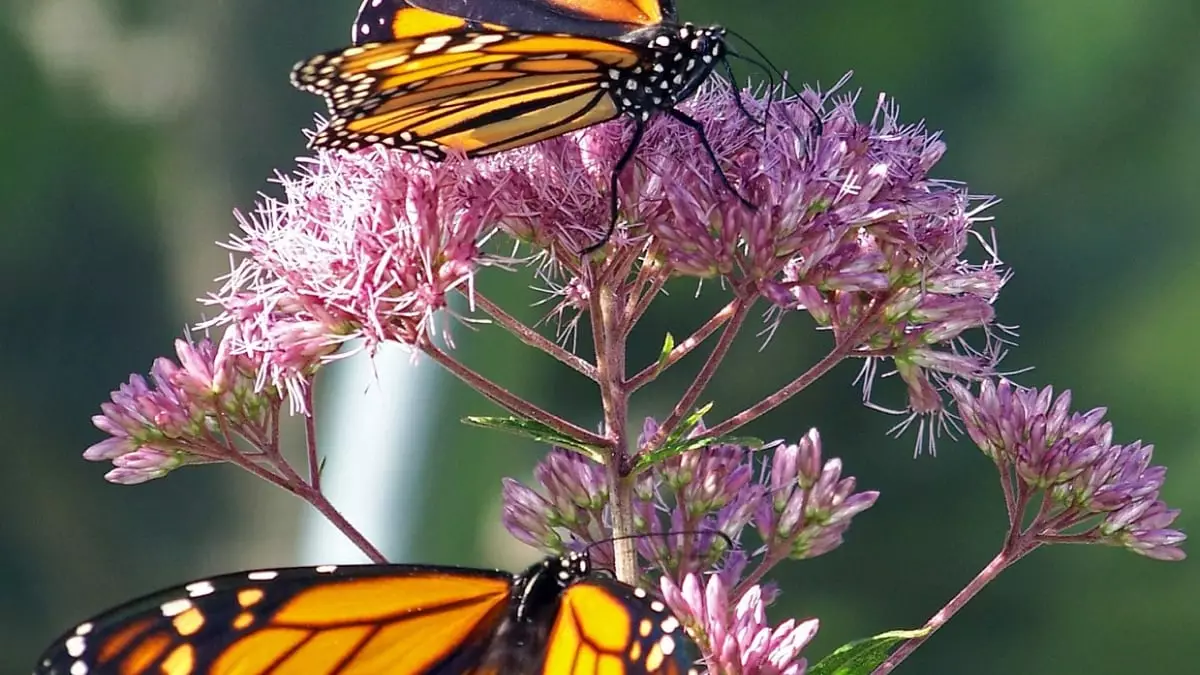In the heart of central Mexico, an ambitious initiative seeks to create new oyamel fir forests, a vital sanctuary for monarch butterflies during their winter hibernation. In recent years, the discourse surrounding climate change has intensified, particularly as it threatens the intricate ecological balance essential for the survival of these iconic butterflies. Climate change, combined with declining butterfly populations, poses a dual challenge that could lead to the obliteration of the oyamel fir forests by the century’s end. To counter this looming disaster, researchers have embarked on a project aimed not just at conservation but also at establishing new habitats for these trees.
The project’s genesis lies in the experimental planting of hundreds of oyamel fir saplings (Abies religiosa) at locations approximately 100 kilometers from their original ecosystems. This bold move aims to counter the adverse effects of climate change that hinder tree survival. Notably, the majority of the saplings have shown promising signs of adaptation since their introduction, exhibiting a degree of resilience that may be crucial for future reforestation efforts. As Karen Oberhauser, a prominent conservation biologist, articulates, the urgency of facilitating the migration of tree species is paramount in a rapidly shifting climate.
Monarch Butterflies: A Finale Routine
Every autumn, the majestic monarch butterflies embark on an extraordinary journey from the milkweed-rich expanses of southern Canada to the mountainous oyamel fir forests of central Mexico. However, with every passing year, this migration becomes increasingly fraught with peril. The combination of climate change and declining habitats threatens both the butterflies and the trees they depend on. Cuauhtémoc Sáenz-Romero, a forest geneticist, emphasizes the need for a strategic relocation of oyamel fir trees to higher altitudes—essentially crafting future environments where these trees can thrive amidst rising temperatures.
At the core of this initiative is community involvement, particularly with the Indigenous populations in Calimaya. The successful planting of about 960 oyamel fir trees across varying elevations on the Nevado de Toluca volcano is a testament to collaborative conservation efforts. While initial observations indicate that seedlings planted at higher altitudes are smaller, they boast a survival rate of approximately 80 percent after three years—a promising statistic that underlines the project’s potential impact.
Despite the optimistic developments, numerous hurdles lie ahead. The challenge of securing sustained support from both the local community and governmental bodies poses significant obstacles for scaling up these initiatives. Moreover, a paramount question lingers: will the migrating monarchs discover these newly established havens? The winter of 2023-2024 provided a glimpse into monarch behavior as some butterflies reportedly bypassed traditional habitats in search of more suitable climates.
This endeavor highlights a critical juncture in conservation science, where the intersection of innovative research and community collaboration may hold the key to adapting frameworks for biodiversity preservation. As these oyamel fir forests begin to take root in unconventional territories, they symbolize hope—not just for the monarchs, but for the resilience of ecosystems at large. In navigating the challenges posed by climate change, the efforts in central Mexico could serve as a model for similar initiatives worldwide, illustrating that proactive measures can foster a symbiotic relationship between human action and nature’s needs.

